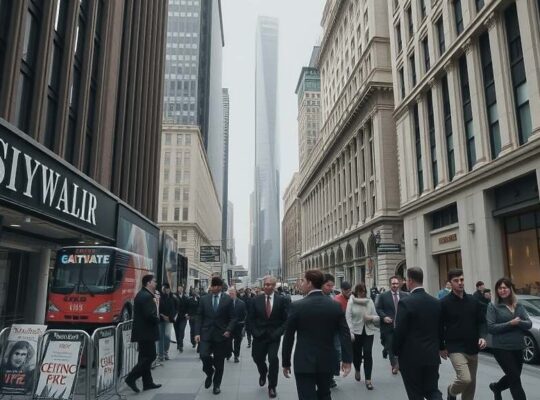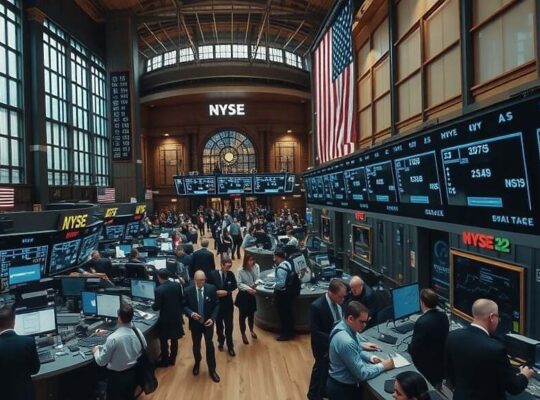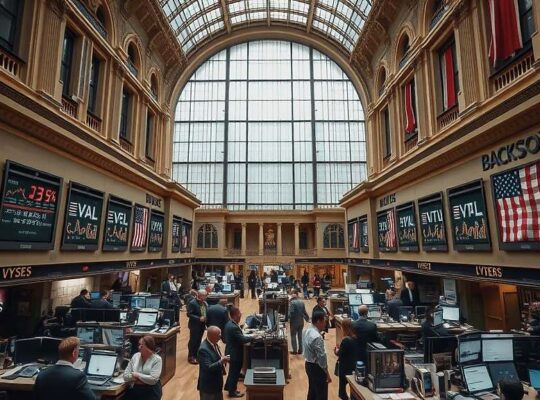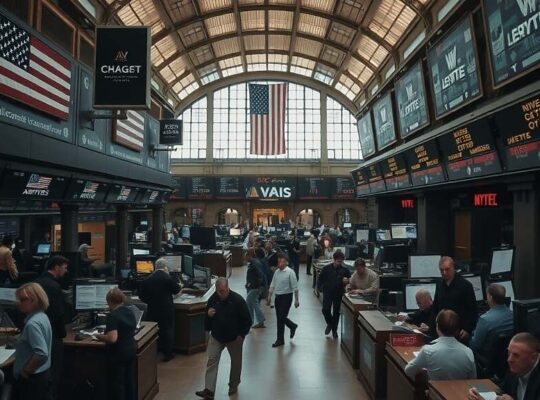Market Rally Fueled by Rate Cut Hopes Masks Underlying Economic Concerns
US stock markets continued their upward trajectory Wednesday, with the Dow Jones Industrial Average closing at 47,427 points, a 0.7% increase from the previous day. The Nasdaq-100 mirrored this momentum, adding 0.9% to reach 15,237 points, while the broader S&P 500 advanced by 0.7%, settling at 4,813 points. The driving force behind this bullish sentiment, according to market analysts, remains the continued expectation of further interest rate cuts by the Federal Reserve.
The relentless optimism surrounding potential monetary easing appears to have temporarily overridden concerns about persistent inflation and the fragile state of the global economy. The S&P 500’s return to its 50-day moving average suggests some technical support, but questions linger regarding the sustainability of this rally. Critics argue that the market’s exuberance is predicated on a scenario that may be overly optimistic and that a premature or aggressive easing of monetary policy could exacerbate inflationary pressures down the line.
The euro strengthened to $1.1595 on Wednesday evening, reflecting underlying shifts in investor sentiment and relative economic performance. Simultaneously, the price of gold surged, reaching $4,166 per fine ounce, a 0.9% increase. This spike suggests a continued haven demand amongst investors seeking protection against potential economic instability despite the prevailing stock market gains.
Oil prices also saw an increase, with Brent crude futures trading at $83.00 a barrel – a 0.8% rise from the previous day’s close. This increase, while seemingly modest, underscores the volatile nature of energy markets and the ongoing geopolitical risks that continue to impact global supply chains.
While the current market environment might appear positive, observers are keenly watching for signs of a slowdown in economic growth and a potential reassessment of the Federal Reserve’s policy direction. The disconnect between buoyant stock prices and the underlying realities of the global economy raises critical questions about long-term sustainability and the potential for a future correction.












